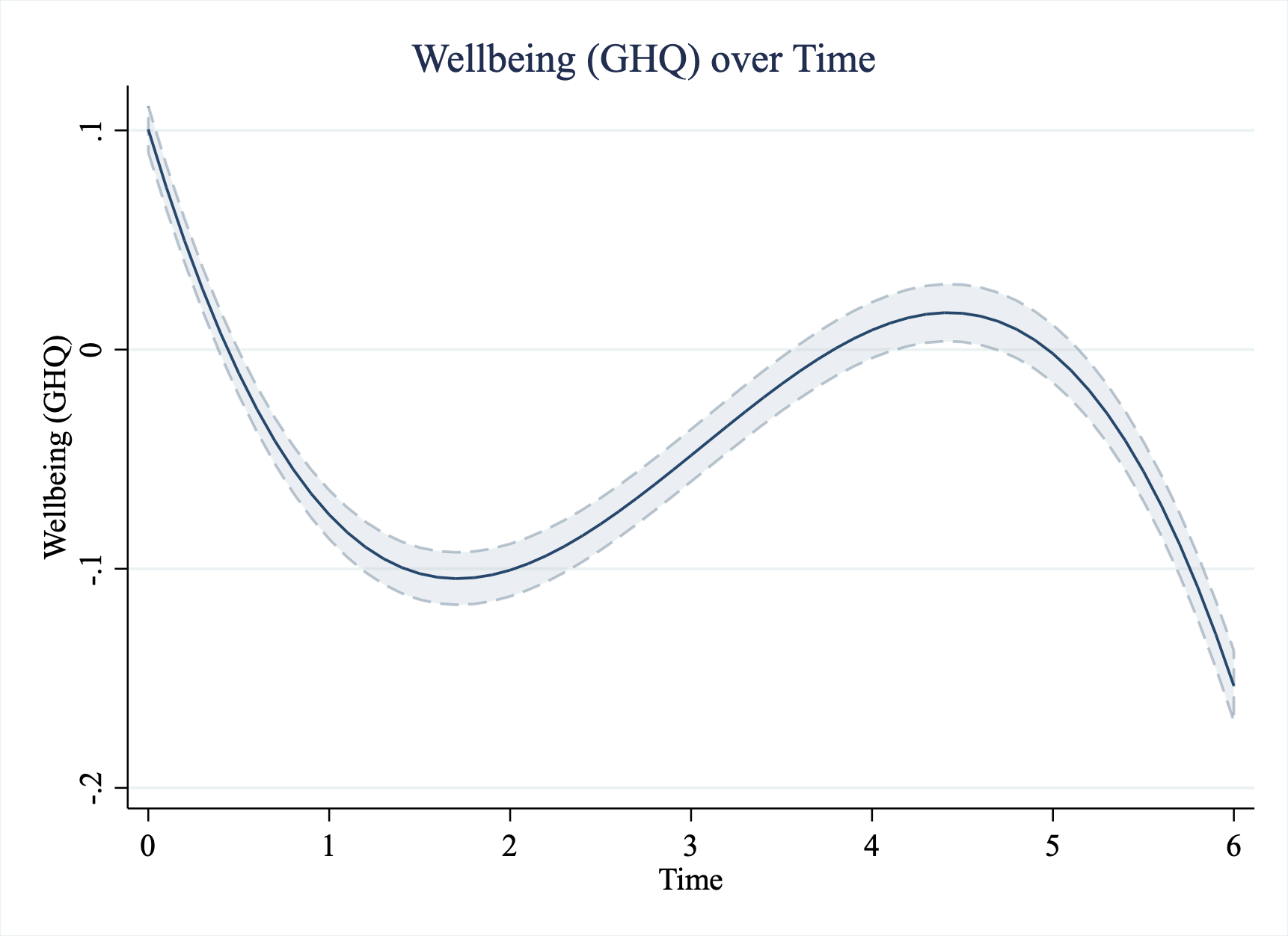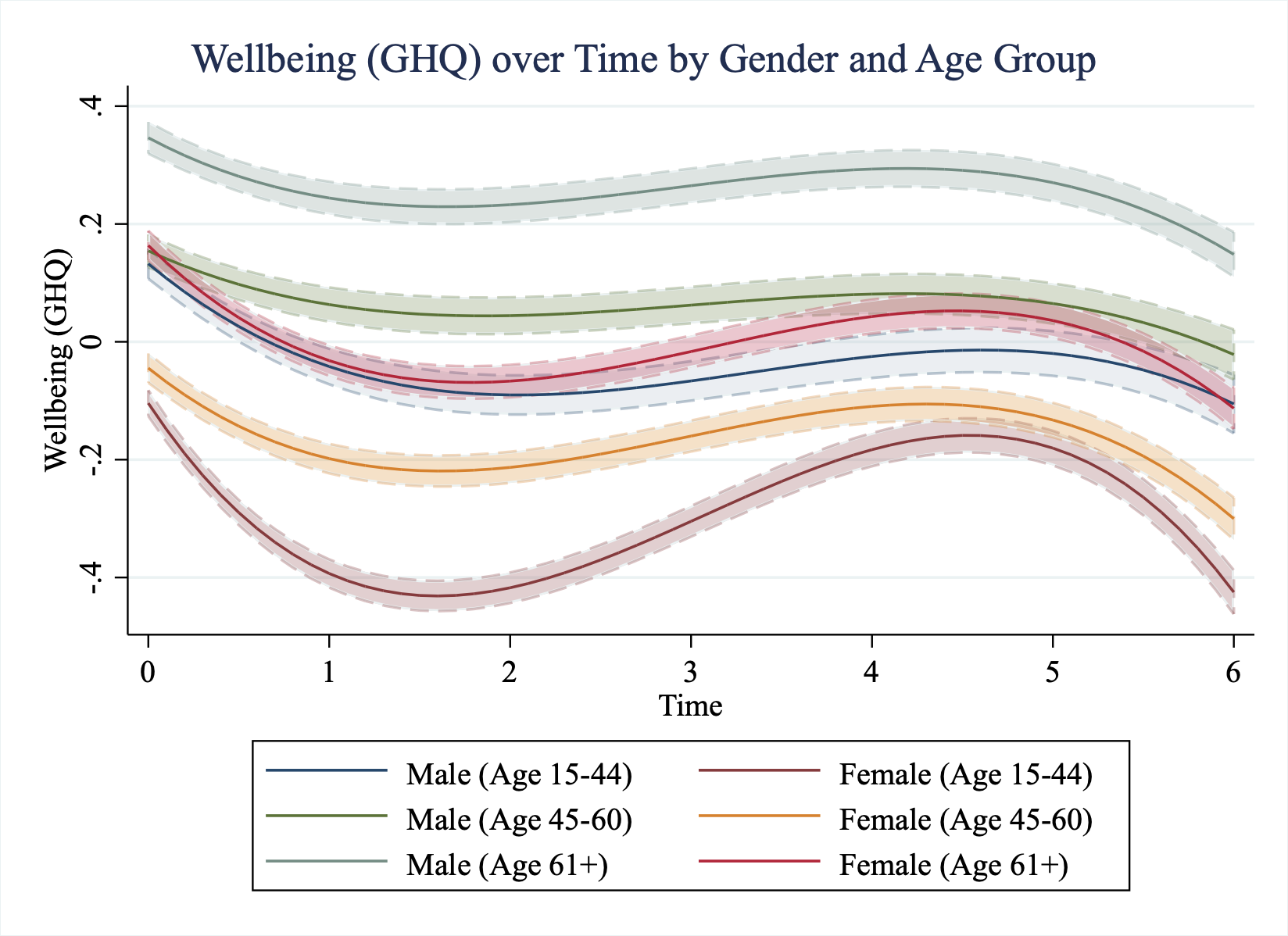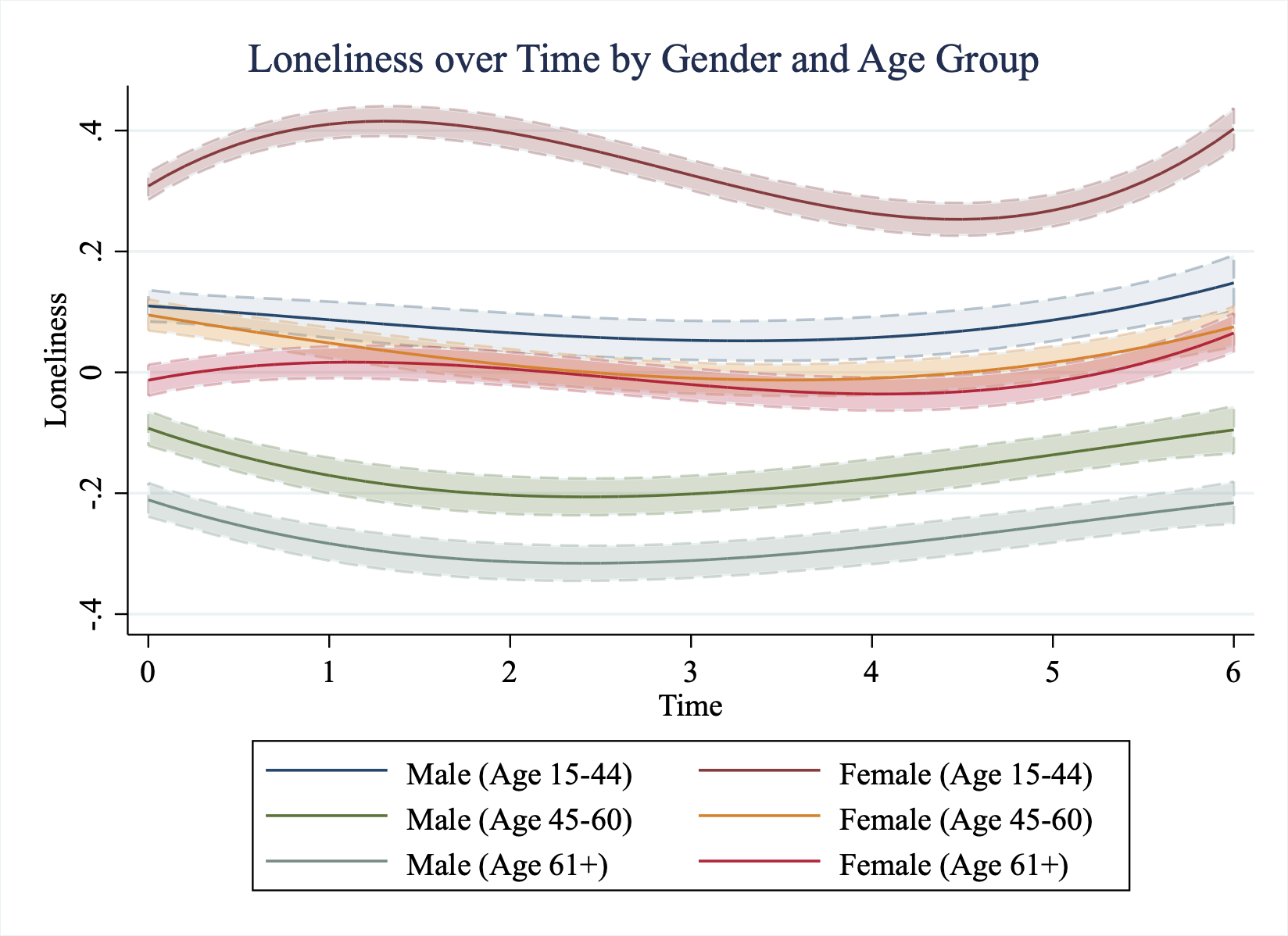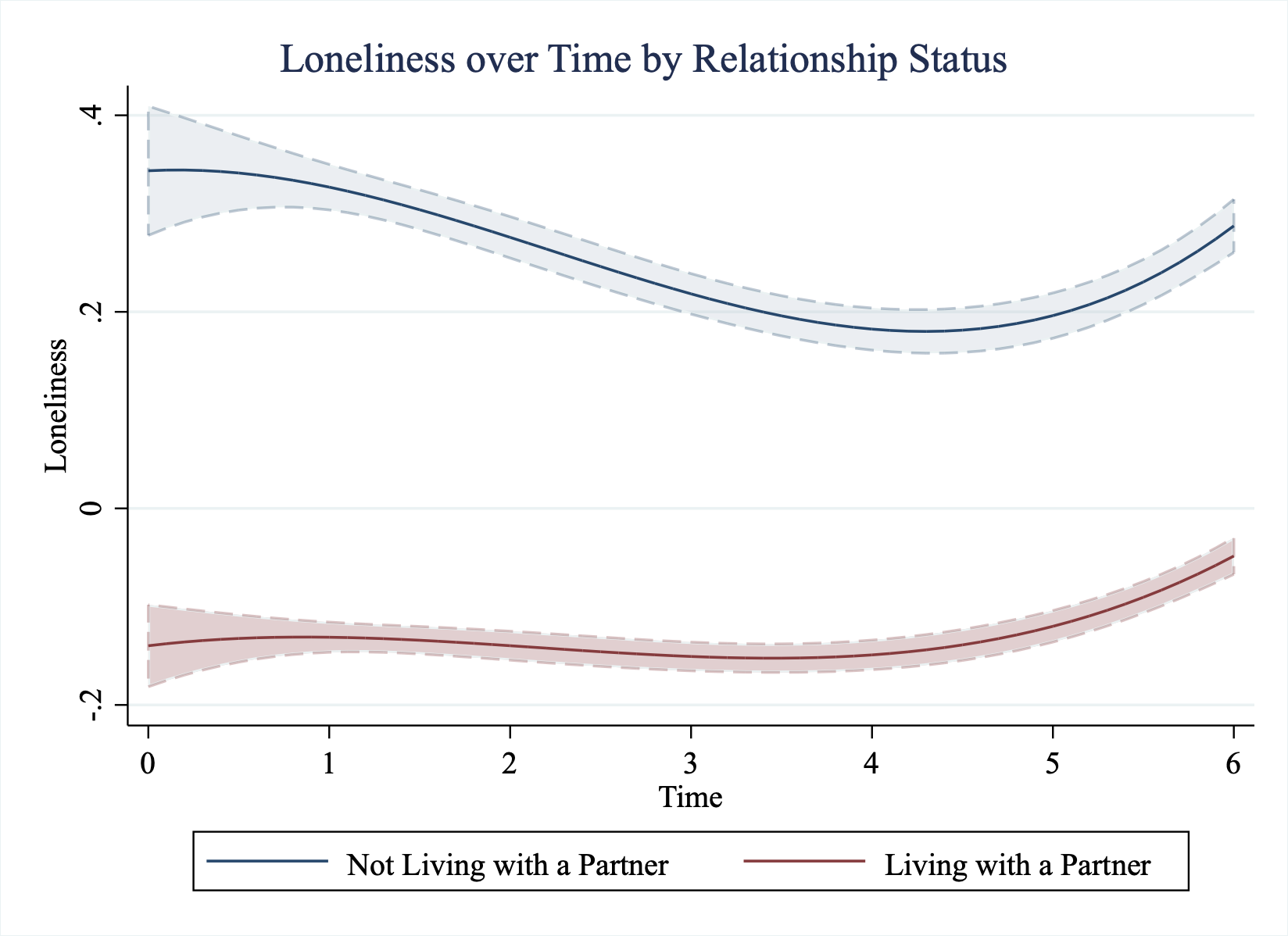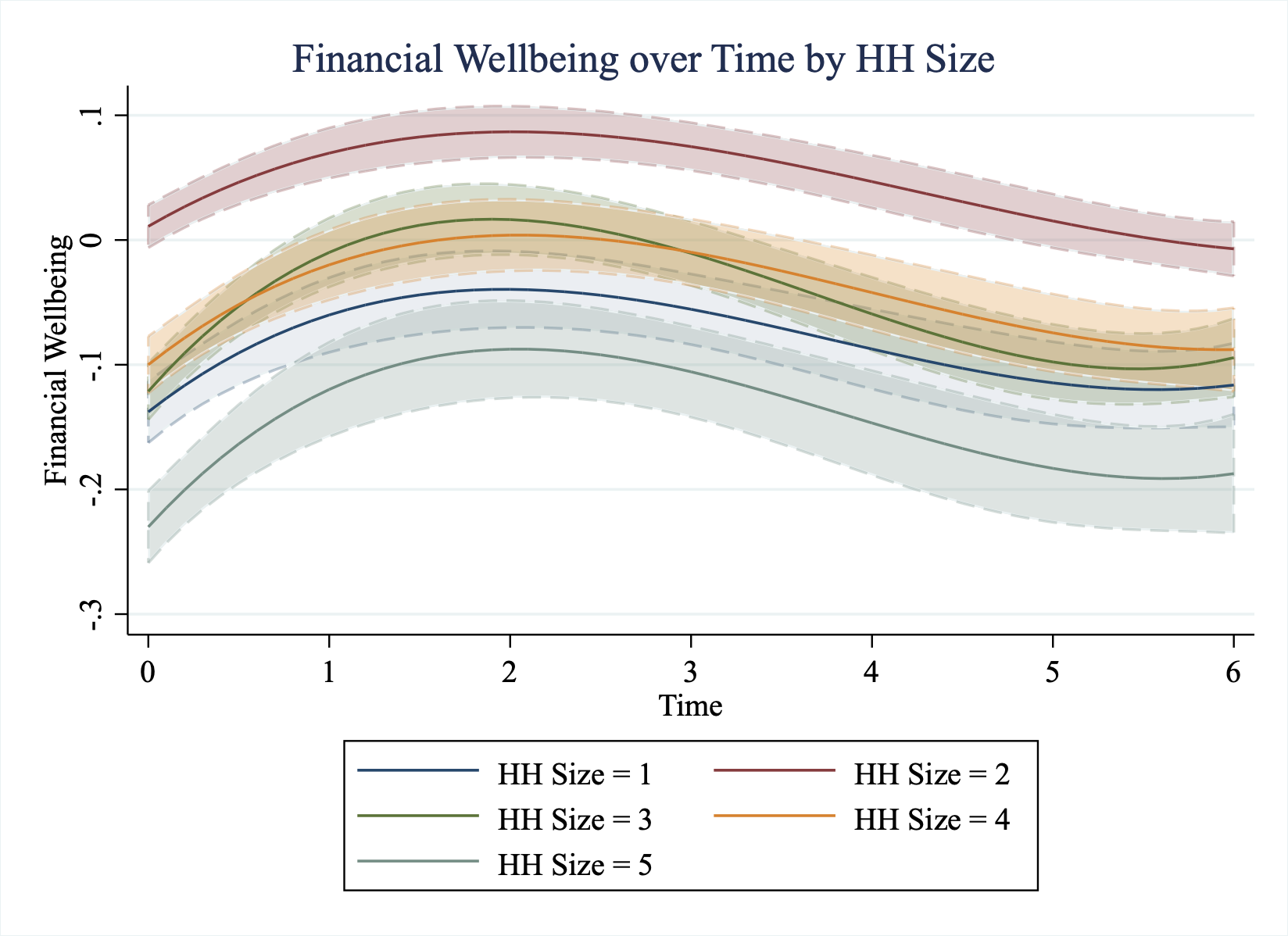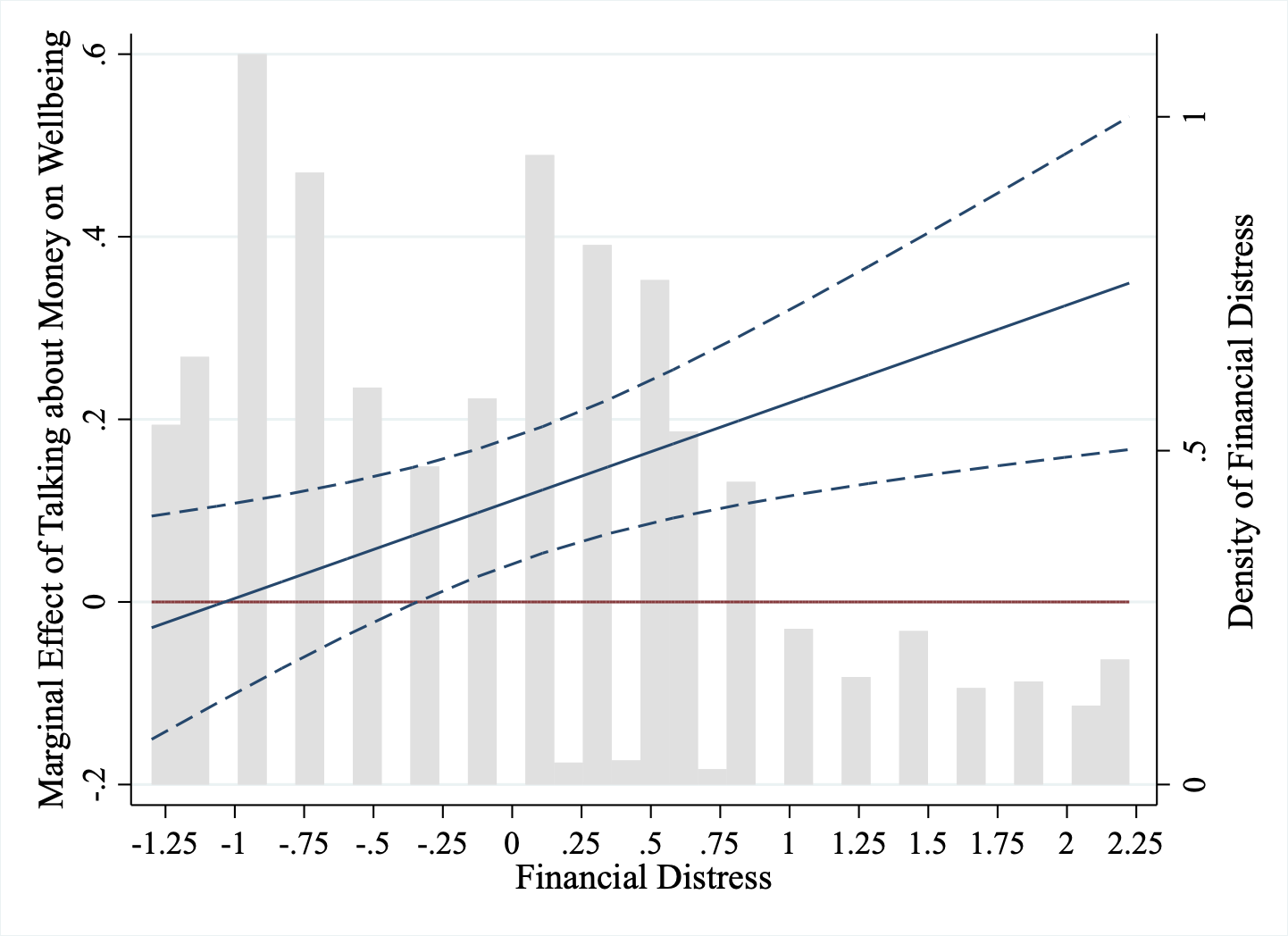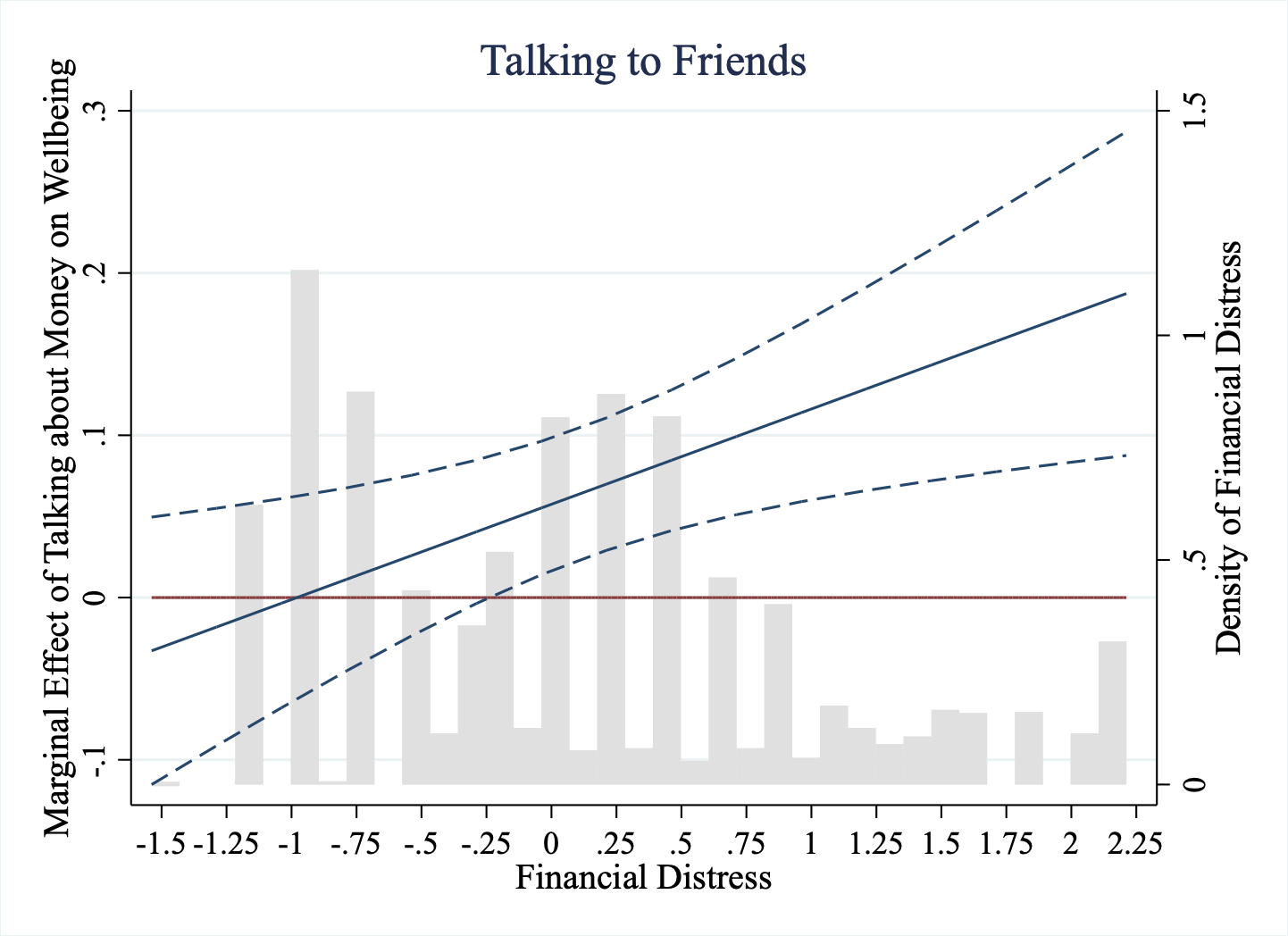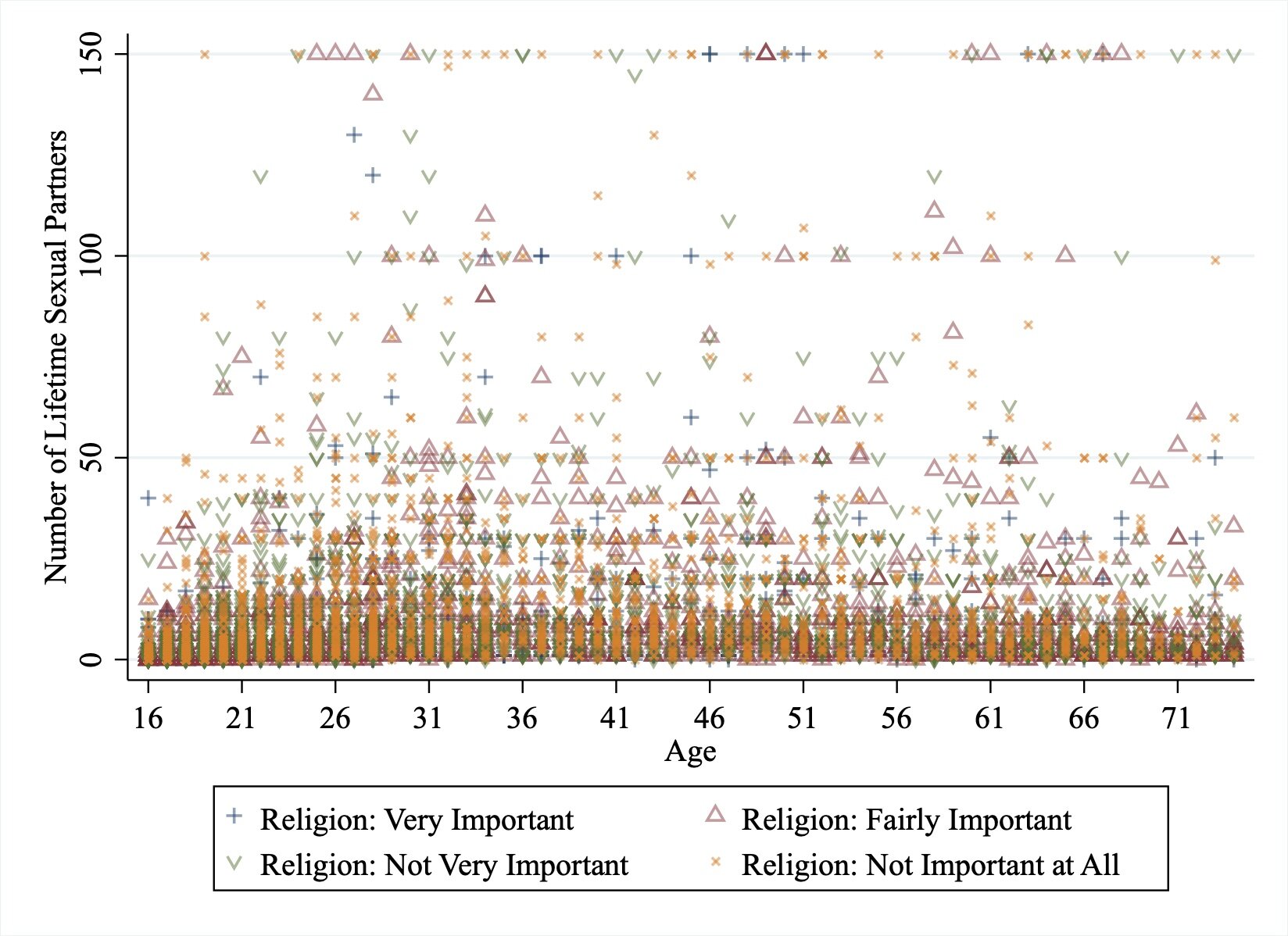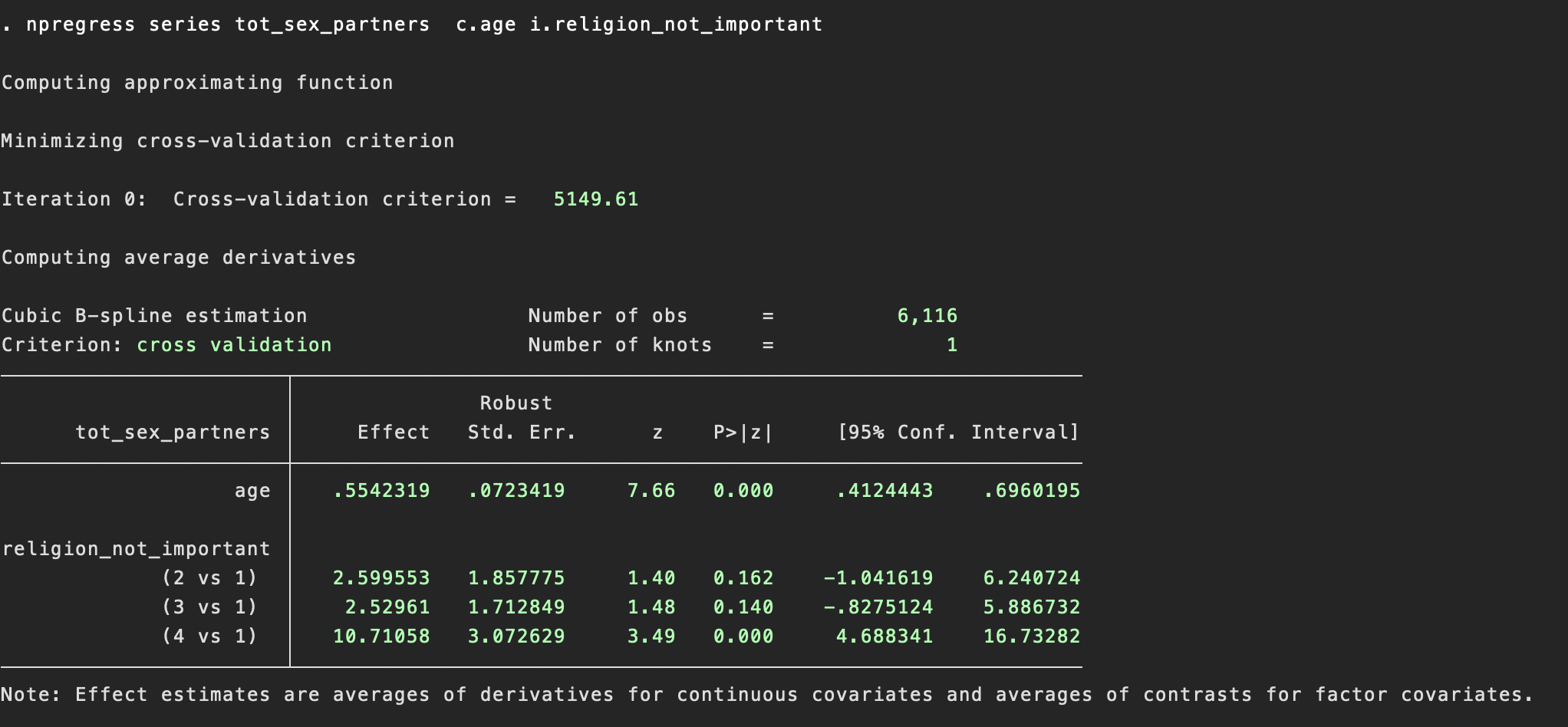For much of modern history, the script for romantic relationships followed a familiar pattern: meet someone, fall in love, and commit—often with the implicit understanding that exclusivity was part of the deal. Monogamy functioned as the default setting, the “factory preset” of intimate partnerships. But within today’s gay community, that assumption has shifted.
Open relationships are no longer a fringe concept; they are widely accepted, openly practiced, and, in some circles, even expected. Studies estimate that 40–50% of gay male couples are in open relationships, compared to just 5% of heterosexual or lesbian couples (Levine et al., 2018; Fairbrother et al., 2019). In other words, non-monogamy is almost a coin flip proposition among gay men. Yet, for many, the idea of openness remains confusing and even threatening. If open relationships introduce challenges such as jealousy, insecurity, and potential instability, why are they so common? And why do so many couples eventually choose to open up?
Over the past year, I’ve had to confront these questions in my own life. The conversations I’ve had—and avoided—about openness have often been emotional, messy, and high-stakes. That’s exactly why I’ve found it useful to step back and look at things through a strategic lens. It’s not about intellectualizing away the feelings, but about creating just enough structure to think clearly amid emotional noise. My aim here isn’t to argue for one model over another. Instead, it’s a framework—born from introspection and experience—to help anyone navigating love, freedom, and commitment find a way forward that makes sense for them.
Why Have Open Relationships Become So Common?
A major factor driving the rise of open relationships is the declining social penalty for non-monogamy. Historically, non-monogamy carried a high social cost—shame, judgment, and potential ostracism. Even if individuals privately preferred openness, the risk of being labeled uncommitted or immoral made it an unattractive option.
We can formalize this with a simple equation:
Net Openness Utility = Personal Inclination for Openness − Social Penalty
When the social penalty was high, even those who were inclined toward openness often suppressed it, leading to secret affairs or resigned monogamy. However, as social stigma declines, the net utility of openness increases, leading more people to honestly express their preferences.
Today, the cost of saying “I want a non-monogamous relationship” is much lower, particularly in urban areas and among younger generations. As a result, the proportion of individuals who admit their openness preference has increased. For many people:
Net Openness Utility > 0
This positive utility motivates them to openly pursue the relationships they truly desire. Importantly, this doesn't mean human nature has fundamentally changed—it means people no longer need to hide their authentic preferences. The decline in stigma benefits those who value openness (they can now be honest), but creates navigational challenges for those preferring exclusivity, which we’ll address later.
Why Do Some People Prefer Openness While Others Reject It?
Not everyone reacts to this shift in the same way. One gay man’s dream scenario (“We can love each other and have flings on the side!”) is another’s worst nightmare. Why are we so different when it comes to openness preferences? Why someone might prefer openness comes down to how they weigh the benefits versus the costs.
A helpful starting point is a simple equation that compares Perceived Benefits to Perceived Costs. If a person believes that openness will bring exciting new experiences, personal growth, or sexual variety that outweighs possible risks or emotional discomfort, they are more likely to favor non-monogamy. Conversely, someone who strongly fears jealousy, the breakdown of intimacy, or potential conflict is more inclined to prefer monogamy.
Openness Preference = Perceived Benefits – Perceived Costs
Rather than a binary choice between "monogamous" and "open," we can think of openness preference as a continuous spectrum, ranging from strict exclusivity to full non-monogamy. We can imagine each person has an “openness preference” score, call it O, ranging say from 0 (strongly prefers monogamy) to 1 (strongly prefers non-monogamy).
Explaining Differences: Multiple Contributing Factors
Why do some individuals land at O = .2 and others at O = .8? Research identifies multiple predictors that shift the balance of benefits and costs for each person. Personality traits seem to be especially influential. Individuals high in openness to experience—a trait associated with curiosity, novelty-seeking, and tolerance for unconventional ideas—are more likely to see the benefits of non-monogamy, such as variety and personal growth. In contrast, those high in conscientiousness, who tend to value structure, routine, and long-term planning, often perceive the logistical and emotional challenges of openness as more costly. Attachment style is another robust predictor. Individuals with avoidant attachment, who prioritize independence and emotional autonomy, generally perceive fewer emotional costs associated with multiple partnerships and are less likely to experience jealousy or emotional entanglement. Conversely, individuals with anxious attachment—who crave closeness and reassurance—may find the ambiguity and emotional risks of non-monogamy especially distressing, increasing their preference for exclusivity.
| Predictor | Summary of Findings |
|---|---|
| Attachment Avoidance | People with avoidant attachment styles, who prefer independence and less emotional closeness, are significantly more likely to be open to consensual non-monogamy. Source |
| Male Gender | Men report higher interest in open relationships compared to women, across multiple studies. The effect size is moderate. Source |
| Openness to Experience | Higher openness to experience, a Big Five personality trait associated with curiosity and novelty-seeking, correlates positively with willingness to engage in non-monogamous relationships. Source |
| Conscientiousness | High conscientiousness, reflecting a preference for order and long-term planning, is associated with lower interest in non-monogamy. Source |
| Tolerance for Ambiguity and Complexity | People who tolerate ambiguity and complexity well are more likely to prefer non-monogamous relationships, as managing multiple partners requires psychological flexibility. Source |
| Younger Age | Younger individuals are more open to non-monogamy, with interest declining gradually with age. However, the effect size is small. Source |
| Lower Education | Some limited research suggests that those with more education are slightly less likely to engage in CNM. Source |
| Liberal Politics | People with liberal political beliefs, particularly those who score low on authoritarianism, are more likely to express positive attitudes toward open relationships. Source |
| Narcissism | Some limited work supports the idea that narcissistic traits predict interest in open relationships. Source |
| Sensation Seeking | Sensation-seeking individuals, who enjoy excitement and novelty, are more inclined toward open relationships. Source |
No one trait explains where someone lands on non-monogamy. It’s a mix—attachment style, personality, upbringing, culture—all shaping how much someone values freedom versus stability. These traits are often shaped by deeper forces like genetics, so think of them as clues, not causes. In everyday terms, spotting these patterns might help you figure out whether a partner is likely to be on the same page as you.
Navigating Compatibility in a Post-Monogamy World
In the past, gay relationships followed a relatively standardized script: meet someone, develop a connection, and assume monogamy unless stated otherwise. Today, that default is gone. When monogamy was assumed, structural alignment was taken for granted. Now, openness preferences have become a hidden but crucial dimension of compatibility—one that can quietly shape the trajectory of a relationship unless surfaced and aligned.
Compatibility between two people can be expressed as the closeness of their openness preferences, using the absolute difference between their scores:
Openness Compatibility = 1 - |O₁ - O₂|
Where O₁ and O₂ are each partner’s openness preferences. Perfect alignment (e.g., both partners at 0.2 or 0.8) results in high compatibility. As the gap widens, the relationship becomes more vulnerable to tension, miscommunication, and unmet expectations. While small differences can be managed with honest negotiation, larger gaps often lead to chronic friction—or the eventual dissolution of the relationship.
Given that openness preferences fall along a continuous spectrum, exact matches are rare. The practical goal isn’t perfection, but proximity. What matters is whether a partner falls within your personal tolerance zone—the range of openness levels you can navigate without constant compromise. For example, if your comfort range is narrow (±0.05), you’ll only be compatible with about 10% of potential partners. But if you can stretch that to ±0.2, your odds increase to 40%.
Strategic Takeaways
In today’s dating landscape, where relationship structures are no longer assumed, success hinges on three key strategies: (1) explicit communication, to surface openness preferences early and avoid misaligned emotional investments; (2) clear signaling, to make your relational stance visible through profiles, conversations, and community cues; and (3) psychological flexibility, which—while not always easy—can widen your pool of potential partners. The more precisely you communicate and the more tolerance you can cultivate, the better positioned you are to navigate this post-default world with clarity and resilience.
Timing the Openness Conversation: Navigating the Window Between Too Soon and Too Late
Deciding when to talk about non-monogamy is rarely simple. If both partners are closely aligned in their openness preferences, the conversation may unfold naturally. But more often, one partner leans more open than the other, making the timing of disclosure a strategic challenge.
The more open partner faces a dilemma: bring it up too early, and the relationship may not yet have the trust to survive it; wait too long, and the other partner may feel blindsided or misled. Navigating this window means understanding how three key psychological forces evolve over time:
Romantic Euphoria – The early-stage emotional high that suppresses awareness of true openness preferences.
Relationship Capital – The trust and connection that builds over time, enabling more difficult conversations.
Shock Cost – The emotional fallout when a partner’s openness preference emerges later than expected.
Early in a relationship, euphoric feelings often mask deeper openness preferences. Specifically, the strength of initial romantic euphoria (E(t)) can suppress an individual’s baseline openness preference (α), creating the impression that monogamy is entirely satisfying early on:
Effective Openness Desire(t) = α − E(t)
In the honeymoon phase, this can make a person genuinely believe that they prefer exclusivity, or at least lead them to delay conversations about openness. When euphoria E(t) is very high, the effective desire for openness may be near zero or even negative, meaning an individual genuinely feels content in monogamy. As the relationship progresses and E(t) naturally declines, the latent desire α becomes more apparent, potentially causing surprise or conflict if introduced abruptly. This means someone who appears perfectly content with monogamy at the start could, after several months, realize they want more freedom than they initially thought.
However, alongside declining euphoria, relationship capital accumulates. Relationship capital reflects the bond strength built through shared experiences, mutual trust, and successfully navigated conflicts. Formally, relationship capital at time t can be expressed as:
Relationship Capital(t) = Initial Bond + Shared Experiences + Mutual Trust
This relationship capital acts as a buffer, allowing partners to handle potential emotional costs associated with opening the relationship. Early in the relationship, this capital is low, making openness negotiations riskier. Later, as this capital builds, couples become better able to handle the complexities of openness, including jealousy or logistical challenges.
However, delaying the openness conversation too long comes with substantial risks, primarily the “shock cost.” Shock cost represents the emotional impact when one partner reveals openness desires that diverge from what the other partner expected. The shock cost (S(t), grows with both the size of the surprise (how different the partner’s openness preference is from expectations) and the depth of emotional investment—both of which tend to increase over time.
S(t) = (Magnitude of Preference Divergence) × (Depth of Emotional Investment)
The longer monogamy is assumed, the more emotionally invested the less-open partner becomes—and the more destabilizing it is if the other partner later expresses a desire for openness. Thus, postponing the conversation may preserve short-term harmony but heighten the long-term cost.
Strategic Takeaways
People who prefer open relationships have a responsibility to know that early infatuation can cloud their true desires. They need to be honest with themselves—and their partners—before that haze lifts. Every couple benefits from clear, early conversations about relationship expectations, even if the exact structure evolves later. When there’s a major mismatch in openness preferences, it’s better to address it early. Yes, it might end the relationship sooner—but dragging it out only leads to deeper emotional investment in something that was never going to work. Facing the truth upfront saves time, spares pain, and respects both people’s futures.
The Asymmetry of Power in the Openness Negotiation
On the surface, deciding whether to open a relationship may seem like a mutual discussion between equals. But structurally, the negotiation is often asymmetrical. One partner—the Opener—is advocating for change, while the other—the Monogamist—is being asked to accommodate it. That difference creates unequal leverage, even when both partners act in good faith.
Why the Opener Holds More Negotiation Power
In any negotiation, power stems from credible alternatives—what each person stands to gain or lose by walking away. The more appealing your fallback option, the stronger your position. For the Opener, the outside option—leaving the relationship to pursue openness independently—is inherently more appealing to them. This gives them a stronger exit threat, making their bargaining position more powerful. Formally, we can represent this as:
Utility(Exit) = (Benefits of Sexual Variety + Excitement of Novelty) − (Costs of Lost Intimacy + Stability)
This formulation captures the essential trade-off faced when ending a relationship: one gains freedom, novelty, and variety, but sacrifices emotional closeness, stability, and intimacy. Critically, for the Opener, their strong openness preference (Oi ≈ 1) implies they value sexual variety and novelty highly, thus inflating their outside-option utility. By contrast, the monogamous partner (Oj ≈ 0) prioritizes emotional intimacy and stability, making their exit less appealing due to higher perceived emotional costs. Hence:
Utility_Opener(Exit) > Utility_Monogamist(Exit)
The Opener can credibly say: “If this relationship remains closed, I may need to leave to meet my needs.” This is not an empty threat—it reflects a fallback that fits their preferences. In other words, the Opener's threat to leave is credible precisely because the alternative scenario—becoming single, exploring casual sex, and entering a new search phase with multiple partners—aligns closely with their openness preference. By contrast, the Monogamist’s outside option is less appealing: they risk losing emotional intimacy and entering a dating pool where monogamy is increasingly rare. Their desire to preserve the relationship becomes a constraint rather than leverage.
The Hidden Cost of Saying No
The imbalance deepens when we consider the psychological penalty the Monogamist faces simply for refusing. While they may prefer exclusivity, expressing that boundary often comes with emotional costs—what we might call the denial cost (D):
Utility_Monogamist(Refuse Openness) = Satisfaction with Monogamy − D
This denial cost may include guilt, fear of seeming controlling or inflexible, anxiety about the partner leaving, or worry about future resentment. As D increases, the emotional burden of maintaining monogamy grows—even when it reflects the Monogamist’s authentic preference. This leaves the Monogamist with three difficult options:
Refuse Openness, incurring the denial cost D associated with restricting their partner’s desires.
Accept Openness, exposing themselves to potential jealousy, insecurity, or misalignment.
Exit the Relationship, losing valued emotional intimacy and connection from a relationship they still value.
Because every route involves a downside, the Monogamist’s bargaining position weakens further. Rather than freely choosing monogamy, they pay a psychological penalty simply for trying to preserve it—while the Opener can exit into the more open lifestyle they already prefer. The result is a strategic imbalance—one partner negotiates from a place of possibility; the other from a place of loss.
Strategic Takeaways
For the Monogamist: The best way for the Monogamist to reduce the Opener’s leverage is to strengthen their own outside options—for example, by recognizing that monogamy-minded partners exist or by becoming more willing to walk away if openness is a dealbreaker. Furthermore, identify the sources of your "denial costs" and address whether they stem from internal values or external pressures
For the Opener: Acknowledge the structural advantage your position holds in the negotiation. Approach discussions with empathy, recognizing that your request imposes significant emotional burdens. Propose reasonable boundaries or phased steps, and emphasize respect for the Monogamist’s needs to reduce their denial cost. Make space for “no” to be a legitimate response, not a dealbreaker. If you present openness as an ultimatum, you risk coercion rather than consent.
Conclusion: Navigating a Landscape Without Defaults
The increasing acceptance of open relationships in the gay community mirrors a broader cultural shift toward individualism and personal choice. At first glance, this change seems unequivocally positive—reducing stigma, expanding options, and allowing people to pursue relationship structures that better reflect their desires and values. But this shift also comes with trade-offs. As the default assumption of monogamy fades, so too does a shared relational script that once offered clarity and predictability. What used to be implicit now requires explicit negotiation: Are we exclusive? What does openness mean to us? Where are the boundaries? These conversations can be enriching, but they also introduce a layer of complexity that makes relationships more labor-intensive and, for many, more fragile.
The constant need to define and redefine relationship terms demands a high level of emotional fluency and negotiation skill. Some people will thrive in this environment of co-creation. But others—especially those who crave simplicity, stability, or shared assumptions—may find the new norms alienating or exhausting. When every relationship becomes a bespoke arrangement, the risk is that the emotional effort required to maintain it grows unsustainably.
For those who prefer monogamy, this doesn’t have to be disempowering. Below are four strategies to help monogamy-minded individuals reclaim agency and thrive in this post-default world:
Strategic Reframes for Monogamists in a Post-Default World
Frame monogamy as high-efficiency: less negotiation, less emotional fragmentation, more time for growth.
In a dating culture that demands constant negotiation and emotional multitasking, monogamy can be reframed as a high-efficiency model. With fewer moving parts, it offers clarity, consistency, and less emotional fragmentation—freeing up energy for personal and relational growth.
Adopt the Language of Intentionality
Monogamy becomes more powerful when you describe it not as a default, but as a direction. Instead of saying “I just prefer exclusivity,” say, “I’m building toward a deep, emotionally committed partnership with one person.” This framing shifts monogamy from seeming restrictive to aspirational—about purpose, not avoidance.
Reframe monogamy as a relational orientation, not a rule.
Monogamy isn’t a leftover tradition—it’s a valid relationship orientation and reflects a coherent set of emotional needs and values. By treating it as a relational identity rather than a rule to enforce or defend, you can move from reacting to openness to articulating monogamy as a legitimate and intentional way of loving.
Curate spaces and communities that attract like-minded people.
You don’t have to keep reshaping yourself to fit open-dominant spaces. Instead, seek out or help create communities—online or offline—where monogamous values are centered and celebrated. Whether that’s intentional friend groups, or events focused on emotional depth, shape your environment to reflect your priorities.
To end on a personal note: in my own relationship, I was the one who wanted monogamy, but our negotiations ultimately did not succeed. In today’s dating culture, openness appears to signal progress, while monogamy is quietly framed as insecurity in disguise. We increasingly live in a culture that treats abundance as inherently positive and limitation as inherently negative. But economically and emotionally, the opposite is often true: it is scarcity that creates value. Attention, desire, emotional presence—these aren't infinite resources. The more they’re spread around, the thinner they become. Monogamy, at its best, is a commitment to concentrate your limited emotional and sexual energy on one person. That focus isn’t a constraint—it’s what gives the relationship depth, meaning, and resilience.
My concern for our community is that in our pursuit of unlimited options, we're inadvertently diluting the experiences we seek. In trying to have everything, we risk making it all feel like nothing





